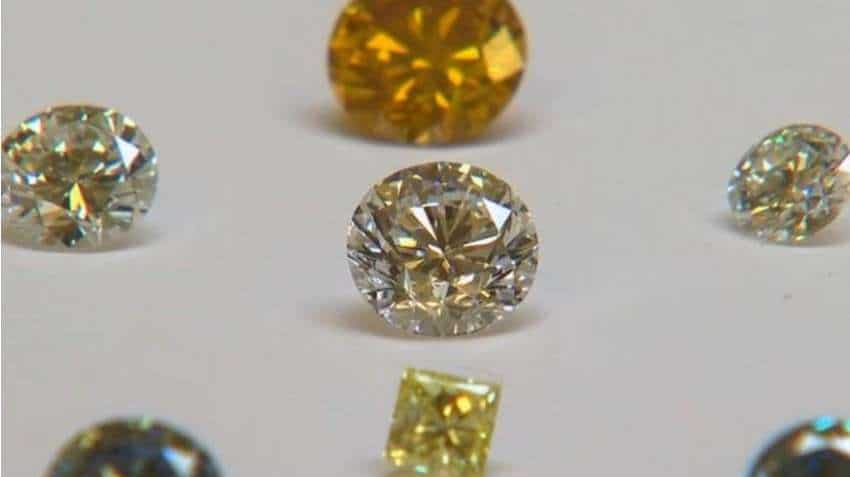Table of Contents
Introduction: The Evolution of the Diamond Industry
In recent years, a revolution has been brewing in the world of diamonds. Traditional mined diamonds have long been the symbol of luxury and love, but a new contender has emerged – lab-grown diamonds. These diamonds, cultivated in controlled laboratory environments, offer consumers a more affordable and sustainable alternative to their mined counterparts. In this comprehensive guide, we will delve into the world of budget lab grown diamonds, exploring their creation process, benefits, and why they’re becoming increasingly popular among savvy consumers.
1. Understanding Lab-Grown Diamonds
To grasp the essence of lab-grown diamonds, it’s crucial to understand how they’re created. Unlike natural diamonds formed deep within the Earth over millions of years, lab-grown diamonds are produced through high-pressure, high-temperature (HPHT) or chemical vapor deposition (CVD) methods. These techniques mimic the natural diamond-growing process but in a controlled laboratory setting, resulting in diamonds with identical chemical compositions and physical characteristics to mined diamonds.
2. Quality and Certification
One common misconception about lab-grown diamonds is their quality. However, these diamonds undergo the same rigorous grading processes as mined diamonds. Organizations like the Gemological Institute of America (GIA) provide certifications for lab-grown diamonds, ensuring consumers receive accurate assessments of their quality and value.
3. Environmental and Ethical Benefits
One of the most significant advantages of lab-grown diamonds is their environmental and ethical sustainability. Unlike traditional mining, which often involves environmental disruption and human rights concerns, lab-grown diamonds have a minimal environmental impact and are produced ethically in controlled laboratory conditions. This aspect appeals to conscientious consumers looking to make responsible purchasing decisions.
4. Cost Comparison: Lab-Grown vs. Mined Diamonds
One of the primary reasons consumers are turning to lab-grown diamonds is their affordability. On average, lab-grown diamonds are 20-40% cheaper than their mined counterparts, making them an attractive option for budget-conscious buyers without compromising on quality or beauty.
5. Variety and Customization
Lab-grown diamonds offer an unparalleled level of variety and customization. With advanced technology, manufacturers can produce diamonds in various shapes, sizes, and colors, allowing consumers to find the perfect stone to suit their preferences and style. Additionally, custom-designed lab-grown diamond jewelry is gaining popularity, offering a unique and personal touch to special occasions.
6. Market Trends and Consumer Preferences
In recent years, the demand for lab-grown diamonds has surged, driven by shifting consumer preferences and awareness of sustainability issues. Younger generations, in particular, are gravitating towards ethical and eco-friendly alternatives, fueling the growth of the lab-grown diamond market. As a result, traditional jewelers and retailers are increasingly incorporating lab-grown diamonds into their offerings to meet this growing demand.
7. Dispelling Myths and Misconceptions
Despite their rising popularity, lab-grown diamonds still face myths and misconceptions. Some consumers believe they lack the sparkle and brilliance of mined diamonds or that they’re not “real” diamonds. However, these notions are unfounded. Lab-grown diamonds exhibit the same optical and physical properties as mined diamonds, making them indistinguishable to the naked eye.
8. Investing in Lab-Grown Diamonds
For those considering lab created diamonds as an investment, it’s essential to understand their long-term value. While traditional mined diamonds have historically held their value well, lab-grown diamonds are a relatively new entrant to the market. However, as consumer demand continues to grow, so too may the value of lab-grown diamonds, particularly those with unique characteristics or rare colors.
9. Tips for Buying Lab-Grown Diamonds
When purchasing lab-grown diamonds, there are several factors to consider to ensure you’re getting the best value for your money. Research reputable retailers who offer certified lab-grown diamonds and inquire about their grading processes. Additionally, consider the Four Cs – cut, clarity, color, and carat weight – to determine the quality and value of the diamond.
10. The Future of Lab-Grown Diamonds
As we look ahead, the future of lab-grown diamonds appears bright. With advancements in technology and growing consumer awareness, lab-grown diamonds are poised to become even more accessible and desirable in the years to come. Whether you’re drawn to their environmental benefits, affordability, or ethical considerations, lab-grown diamonds offer a compelling alternative to traditional mined diamonds.
Conclusion: Embracing the Future of Diamond Jewelry
In conclusion, the rise of budget-friendly lab-grown diamonds marks a significant shift in the diamond industry. With their sustainable production methods, ethical considerations, and affordability, lab-grown diamonds are reshaping the way we perceive and purchase diamond jewelry. Whether you’re a conscientious consumer, a savvy shopper, or simply someone who appreciates the beauty of diamonds, lab-grown diamonds offer an appealing choice for all. As we continue to prioritize sustainability and innovation, the future of diamond jewelry shines bright with possibilities.



